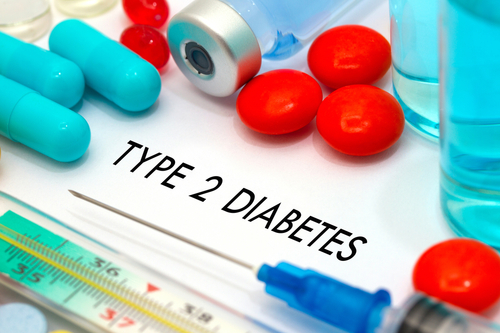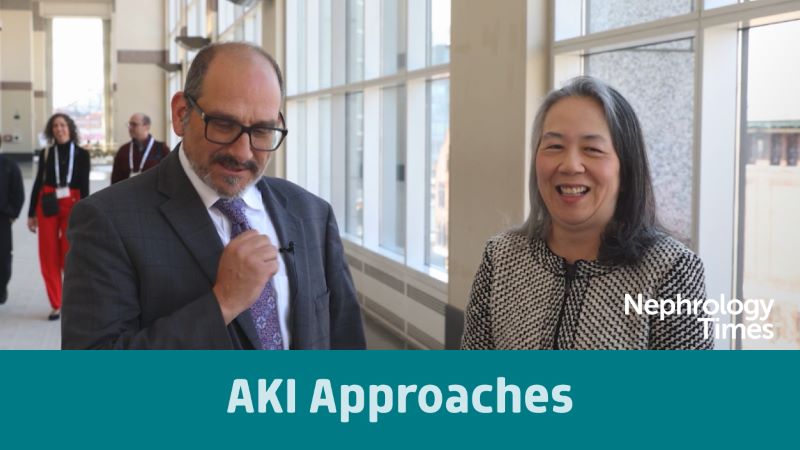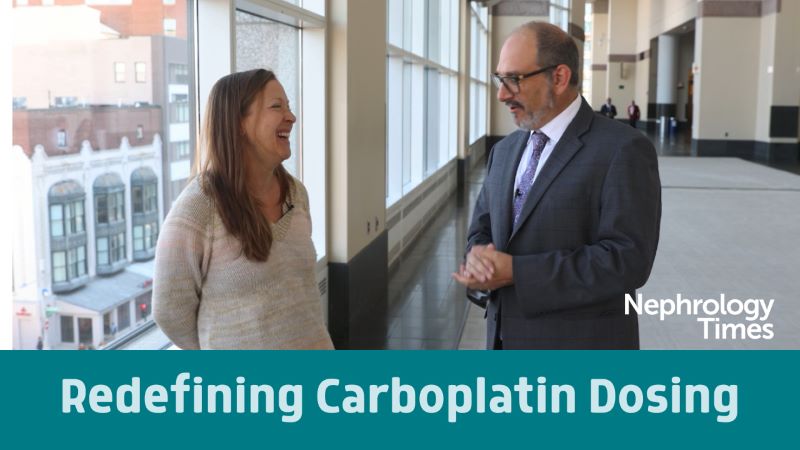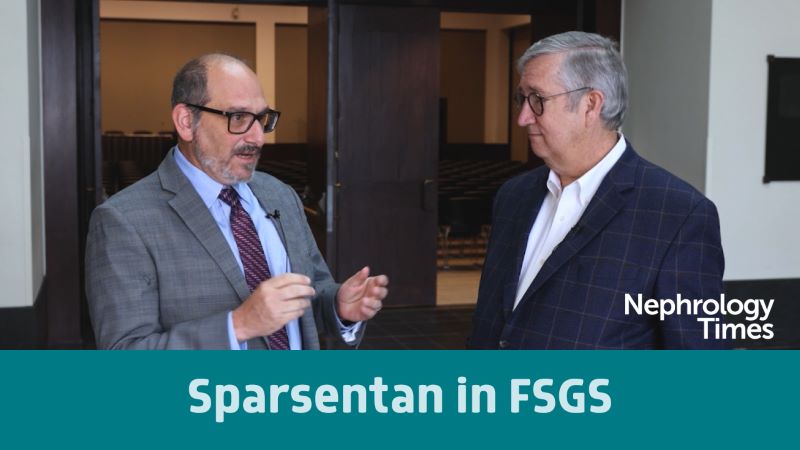
At the National Kidney Foundation Spring Clinical Meetings 2025, researchers reported results of an interim analysis (cutoff, June 13, 2024) of participants in the FINE-REAL (NCT05348733) study.
FINE-REAL is a global, prospective, single-arm, noninterventional study of finerenone in clinical practice in adult participants aged 18 years and older with chronic kidney disease and type 2 diabetes. The interim analysis results describe characteristics, concomitant therapy, dosing, treatment patterns, and safety of finerenone in US participants.
The US cohort included 774 participants. Mean age was 66 years, 1.9% were younger than 40 years, 54% were male, and 19.9% were Black. Median follow-up was 341 days. At baseline, median urine albumin-creatinine ratio was 200 mg/g (n=332), and mean estimated glomerular filtration rate was 52 mL/min/1.73 m2.
At initiation of finerenone, use of angiotensin-converting enzyme inhibitors, angiotensin receptor blockers, or angiotensin receptor–neprilysin inhibitors was 71.3%; sodium-glucose transport protein 2 inhibitor (SGLT2i) use was 43.0%; and glucagon-like peptide-1 receptor agonist (GLP-1 RA) use was 32.6%. Using Kidney Disease: Improving Global Outcomes risk criteria, participants were classified as being at low (1.8%), moderate (8.0%), high (11.0%), or very high (18.5%) risk.
Finerenone was initiated at 10 mg in 85.8% of participants and at 20 mg in 14.1%. In 21.8% of those initiated at 10 mg, the dose was uptitrated; in 5.5% of those initiated at 20 mg, the dose was downtitrated.
Of all participants, 33.5% experienced treatment-emergent adverse events (TEAEs). The most common TEAEs were urinary tract infection (4.0%), urogenital tract hemorrhage (3.7%), and renal failure (2.2%). There were serious TEAEs in 8.1% of participants and study drug-related TEAEs in 9.2%. Hyperkalemia was observed in 6.8% of participants. Eight events led to discontinuation of the study drug. There were no deaths.
“The FINE-REAL US cohort was at lower KDIGO risk than in finerenone phase 3 trials and more often received SGLT2i/GLP-1 RA,” the authors said. “Finerenone was well tolerated; safety was consistent with the known profile.”
Source: Navaneethan SD, Wheeler DC, Pantalone KM, et al. FINE-REAL: prospective phase IV study of finerenone in clinical practice: interim US results. Abstract #G-421. Presented at the National Kidney Foundation Spring Clinical Meetings 2025; April 10-13, 2025; Boston, MA. doi:10.1053/j.ajkd.2025.02.422







 © 2025 Mashup Media, LLC, a Formedics Property. All Rights Reserved.
© 2025 Mashup Media, LLC, a Formedics Property. All Rights Reserved.